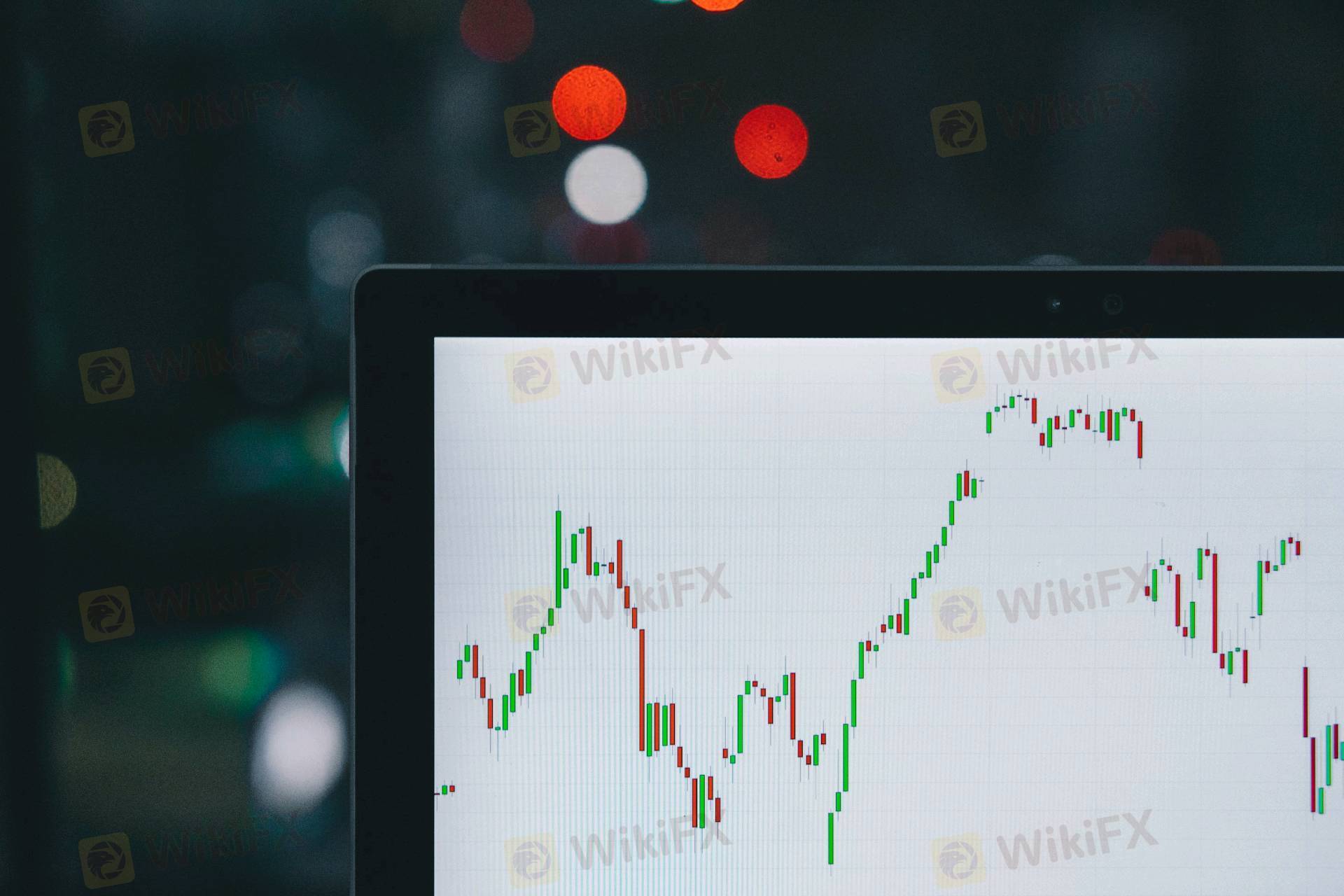
2025-05-20 12:54
IndustryUsing Forest Cover and Land UseChange Data for FX
#CurrencyPairPrediction
Predicting FX trends using forest cover and land use change data is a complex and long-term endeavor. While there's no direct, immediate correlation, these environmental factors can indirectly influence currency valuation through their impact on a nation's economic stability, trade competitiveness, and long-term growth prospects.
Potential Long-Term Links to Currency Valuation:
* Commodity Exports: For countries heavily reliant on timber, agricultural products grown on deforested land, or other natural resources extracted from specific land uses, changes in forest cover and land use can directly affect export volumes and revenues. For example, rapid deforestation driven by agricultural expansion for export crops might initially boost a currency but could lead to long-term environmental damage and decreased sustainability, eventually undermining the currency.
* Agricultural Productivity: Land use changes, such as deforestation for agriculture or the degradation of agricultural land, can impact crop yields and overall agricultural productivity. This can affect a country's ability to feed its population, its reliance on food imports, and its agricultural exports, all of which can influence its trade balance and currency.
* Natural Disasters and Environmental Stability: Deforestation and unsustainable land use practices can increase the risk of natural disasters like floods, landslides, and droughts. These events can cause significant economic damage, disrupt supply chains, and negatively impact investor sentiment, potentially weakening a currency. Conversely, sustainable land management and the preservation of forest cover can contribute to environmental stability and long-term economic resilience.
* Tourism: Forest cover and natural landscapes are often key attractions for tourism. Deforestation and land degradation can harm the tourism sector, reducing foreign currency earnings and potentially weakening the local currency.
* Climate Change Impacts: Forests play a crucial role in carbon sequestration. Large-scale deforestation contributes to climate change, which can have far-reaching economic consequences, including impacts on agriculture, infrastructure, and public health, all of which can affect a nation's currency.
Challenges and Considerations:
* Indirect and Long-Term Impact: The effects of forest cover and land use change on FX rates are typically indirect and unfold over a longer time horizon. Short-term currency fluctuations are primarily driven by immediate financial and economic factors.
* Data Interpretation: Translating changes in forest cover and land use into quantifiable economic impacts and then linking them to currency valuation is complex and requires sophisticated modeling.
* Other Overriding Factors: Macroeconomic variables such as interest rates, inflation, monetary policy, and geopolitical stability usually have a more direct and significant impact on currency valuation.
Conclusion:
While changes in forest cover and land use are unlikely to be primary drivers for short-term FX trading, they offer valuable insights into a country's long-term environmental sustainability and its potential impact on key economic sectors. Monitoring these trends can contribute to a more comprehensive fundamental analysis when assessing a country's long-term economic health and currency prospects. Sustainable land management and the preservation of forest cover can be seen as indicators of responsible resource management, which can indirectly support a stable and potentially stronger currency over time. This analysis should be integrated with traditional economic and financial indicators for a robust forecasting framework.
Like 0
MLS
Trader
Hot content
Industry
Event-A comment a day,Keep rewards worthy up to$27
Industry
Nigeria Event Giveaway-Win₦5000 Mobilephone Credit
Industry
Nigeria Event Giveaway-Win ₦2500 MobilePhoneCredit
Industry
South Africa Event-Come&Win 240ZAR Phone Credit
Industry
Nigeria Event-Discuss Forex&Win2500NGN PhoneCredit
Industry
[Nigeria Event]Discuss&win 2500 Naira Phone Credit
Forum category

Platform

Exhibition

Agent

Recruitment

EA

Industry

Market

Index
Using Forest Cover and Land UseChange Data for FX
 Thailand | 2025-05-20 12:54
Thailand | 2025-05-20 12:54#CurrencyPairPrediction
Predicting FX trends using forest cover and land use change data is a complex and long-term endeavor. While there's no direct, immediate correlation, these environmental factors can indirectly influence currency valuation through their impact on a nation's economic stability, trade competitiveness, and long-term growth prospects.
Potential Long-Term Links to Currency Valuation:
* Commodity Exports: For countries heavily reliant on timber, agricultural products grown on deforested land, or other natural resources extracted from specific land uses, changes in forest cover and land use can directly affect export volumes and revenues. For example, rapid deforestation driven by agricultural expansion for export crops might initially boost a currency but could lead to long-term environmental damage and decreased sustainability, eventually undermining the currency.
* Agricultural Productivity: Land use changes, such as deforestation for agriculture or the degradation of agricultural land, can impact crop yields and overall agricultural productivity. This can affect a country's ability to feed its population, its reliance on food imports, and its agricultural exports, all of which can influence its trade balance and currency.
* Natural Disasters and Environmental Stability: Deforestation and unsustainable land use practices can increase the risk of natural disasters like floods, landslides, and droughts. These events can cause significant economic damage, disrupt supply chains, and negatively impact investor sentiment, potentially weakening a currency. Conversely, sustainable land management and the preservation of forest cover can contribute to environmental stability and long-term economic resilience.
* Tourism: Forest cover and natural landscapes are often key attractions for tourism. Deforestation and land degradation can harm the tourism sector, reducing foreign currency earnings and potentially weakening the local currency.
* Climate Change Impacts: Forests play a crucial role in carbon sequestration. Large-scale deforestation contributes to climate change, which can have far-reaching economic consequences, including impacts on agriculture, infrastructure, and public health, all of which can affect a nation's currency.
Challenges and Considerations:
* Indirect and Long-Term Impact: The effects of forest cover and land use change on FX rates are typically indirect and unfold over a longer time horizon. Short-term currency fluctuations are primarily driven by immediate financial and economic factors.
* Data Interpretation: Translating changes in forest cover and land use into quantifiable economic impacts and then linking them to currency valuation is complex and requires sophisticated modeling.
* Other Overriding Factors: Macroeconomic variables such as interest rates, inflation, monetary policy, and geopolitical stability usually have a more direct and significant impact on currency valuation.
Conclusion:
While changes in forest cover and land use are unlikely to be primary drivers for short-term FX trading, they offer valuable insights into a country's long-term environmental sustainability and its potential impact on key economic sectors. Monitoring these trends can contribute to a more comprehensive fundamental analysis when assessing a country's long-term economic health and currency prospects. Sustainable land management and the preservation of forest cover can be seen as indicators of responsible resource management, which can indirectly support a stable and potentially stronger currency over time. This analysis should be integrated with traditional economic and financial indicators for a robust forecasting framework.
Like 0
I want to comment, too
Submit
0Comments

There is no comment yet. Make the first one.

Submit
There is no comment yet. Make the first one.